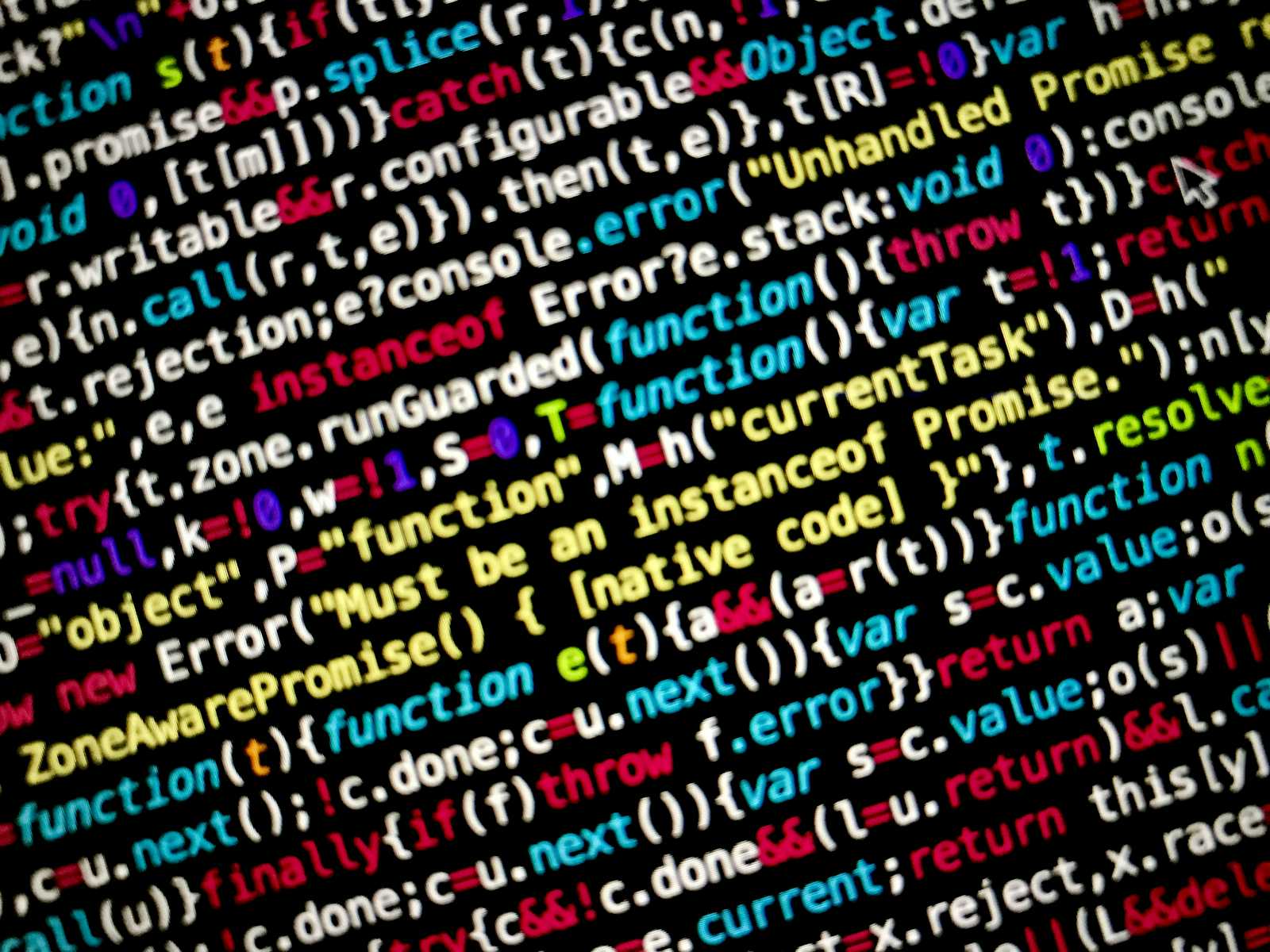Understanding JavaScript Closures: A Comprehensive Guide
 Mukesh
Mukesh
Introduction
Consider a situation where you require a function that retains its state between calls. This can be achieved using closures. JavaScript closures are a key concept that permits functions to utilize variables from their surrounding scope even after the outer function has finished executing. This guide will help you understand what closures are, how they work, and how to use them effectively in your JavaScript code.
What is a Closure?
A closure is feature in JavaScript that allow a function to remember and access variables from its outer scope, even after the outer function has finished executing.
Simple Explanation:
Imagine you have a box (a function) with some items inside it (variables). So, once you close the box, you cannot access the items inside from the outside. However, with closure, you have a magical way of reaching into the box and using those items even after the box is closed.
Example:
Let us say we have a function that creates another function inside it.
function outFunction() {
let count = 0; // variable inside "box"
function inFunction() {
count++; // inFunction changes the variable
console.log(count); // inFunction accesses the variable
}
return inFunction; // Returning the inFunction
}
const myCall = outFunction(); // We get the inFunction
myCall(); // Output: 1
myCall(); // Output: 2
In this example:
outFunction is box and count variable is the item inside the box. inFunction is the magical way to reach inside the box and use count variable. When outFunction is called, it returns inFunction. Even though outFunction finishes executing, inFunction still remembers and can access count. So, every time when we call myCall, it increments and logs count value, showing that it remembers the variable from its outer scope.
In summary, a closure allows a function to continue accessing the variables from its outer function even after the outer function has completed. This is useful for creating functions that maintain their own private state or remember data between calls.
Common Use Cases for Closures
Encapsulation: Keeping Data Private
Encapsulation is about keeping some data hidden and only accessible through specific functions. Closures can help create private variables that can't be accessed directly from outside the function.
function outFunction() {
let count = 0; // variable inside "box"
function inFunction() {
count++; // inFunction changes the variable
console.log(count); // inFunction accesses the variable
}
return inFunction; // Returning the inFunction
}
const myCall = outFunction(); // We get the inFunction
myCall(); // Output: 1
myCall(); // Output: 2
In this example, count is not accessible directly but can be modified using the returned function.
Memoization: Optimizing Function Performance
Memoization is a technique where you store the results of expensive function calls and reuse them when the same inputs occur again. Closures can help keep these results in memory.
function calculate(func) {
const cache = {};
return function(x) {
if (cache[x] === undefined) {
cache[x] = func(x); // Store the result in cache
}
return cache[x];
};
}
const square = calculate(function(x) { return x * x});
console.log(square(4)); // 16, computed and stored in cache
console.log(square(4)); // 16, retrieved from cache
In the above example when square is called for the first time with value 4 it is calculated and stored in the cache and when again square is called with 4 it is fetched from the cache and returned.
Callbacks and Event Handlers: Managing State
Closures are useful in asynchronous programming, such as when dealing with callbacks and event handlers, because they allow you to maintain state between invocations.
function clickButton() {
let count = 0;
document.getElementById('clickButton').addEventListener('click', function() {
count++; // This closure keeps track of the count
console.log(`Button is clicked ${count} times`);
});
}
clickButton();
Memory Management with Closures
Memory Leaks
Closures can lead to memory leaks if they hold onto references to large objects or DOM elements that are no longer needed. This happens because the closure prevents the garbage collector from reclaiming the memory.
function calculate(func) {
const cache = {};
return function(x) {
if (cache[x] === undefined) {
cache[x] = func(x); // Store the result in cache
}
return cache[x];
};
}
let square = calculate(function(x) { return x * x});
console.log(square(4)); // 16, computed and stored in cache
console.log(square(4)); // 16, retrieved from cache
square = null;
In above example even if we don't use square, it still remains in memory.
To avoid this we can set closure to null when it's no longer needed, you allow the JavaScript engine to release the associated memory.
Conclusion
When it comes to coding, closures helps to improve the flexibility and effectiveness of your functions. but it's important to handle closures properly to avoid memory leaks.
Subscribe to my newsletter
Read articles from Mukesh directly inside your inbox. Subscribe to the newsletter, and don't miss out.
Written by

Mukesh
Mukesh
Hey, I am Software Engineer from India. I am interested in developing software solutions using Java, JavaScript, HTML, CSS.